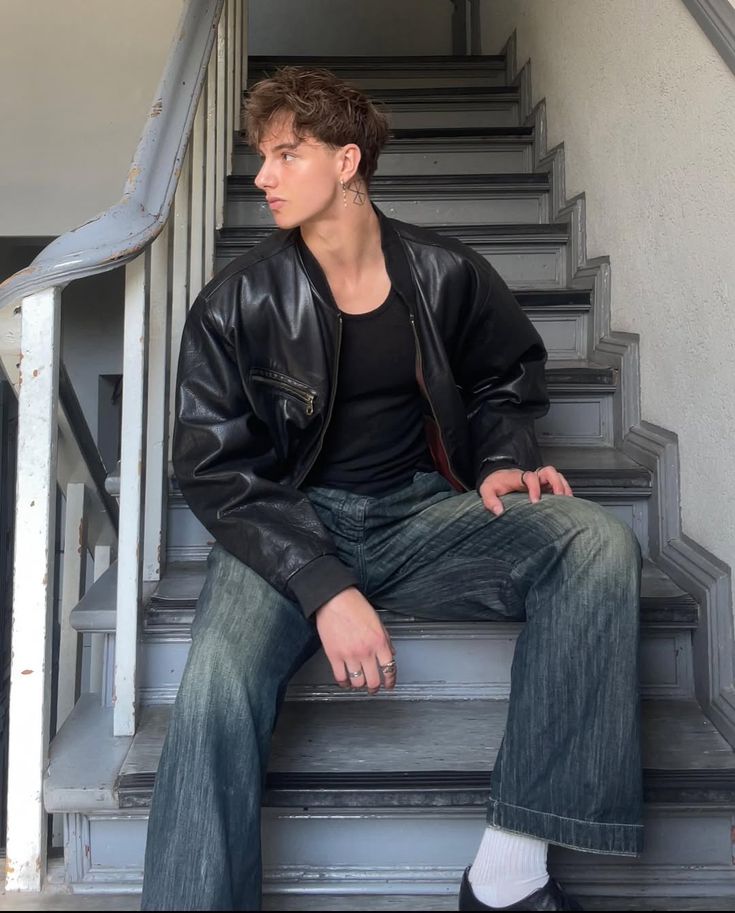
The Youthwear Movement: Key Fashion Shifts in 2025
Introduction
In 2025, youthwear is no longer just a style category—it is a cultural pulse point that reflects the evolving identity, values, and voice of the emerging generation. As Gen Z matures and Gen Alpha comes into prominence, their influence on fashion is both disruptive and revolutionary. These young tastemakers are rewriting the rules, demanding more than trends—they want meaning, inclusivity, and identity embedded in their clothing. From the rise of digital self-expression to sustainability as a baseline expectation, the youthwear movement is leading fashion into its boldest and most transformative era.
Today’s youth are empowered by access to global perspectives, real-time trends, and platforms that amplify their aesthetic individuality. As a result, fashion brands are listening more closely, designing with cultural awareness, and embracing nontraditional methods to meet the ever-shifting desires of this generation. The youthwear of 2025 isn’t dictated by seasonal collections but shaped by conversations, causes, and communities. The shifts happening now will define not only what we wear—but what fashion means in a more fluid, connected world.
The Rise of Modular and Adaptive Clothing
One of the defining traits of youthwear in 2025 is adaptability. Young consumers are no longer satisfied with static garments—they want pieces that evolve with them, accommodate varying moods, and allow self-expression without limits. Modular fashion offers layers, detachable elements, and interchangeable parts, allowing a single piece to serve multiple looks and functions.
This trend reflects a deeper craving for flexibility in life and style. Adaptive wear also intersects with accessibility, offering inclusive designs that meet the needs of people across the ability spectrum. Young designers are embracing universal design principles, ensuring fashion welcomes everyone. This emphasis on versatility signals a shift from passive consumption to interactive styling, giving youth more control over their visual identity.
Streetwear’s Digital Fusion
Streetwear remains a dominant language of youth style in 2025, but it has evolved far beyond hoodies and sneakers. Today’s streetwear is blended with digital aesthetics, tech elements, and global storytelling. Graphics are now animated through augmented reality apps, garments come with embedded QR codes linking to exclusive content, and digital twin outfits exist for avatars in the metaverse.
This fusion of physical and virtual fashion allows for deeper personalization and limitless expression. Influencers and artists are launching streetwear drops both online and offline, enabling real-world and virtual presence simultaneously. Youth are drawn to this duality because it matches their hybrid lives, balancing digital immersion with real-world interaction.
Values-Driven Aesthetics
Perhaps the most impactful shift in youthwear is the emphasis on values. Climate awareness, social equity, body inclusivity, and identity fluidity are no longer side conversations—they are central to purchasing decisions. Young consumers are holding brands accountable and demanding that collections reflect ethical standards.
This means transparency in sourcing, regenerative materials, size diversity, and representation in campaigns are all vital components of successful youthwear. Brands that ignore these pillars risk becoming irrelevant to a generation that equates fashion with activism. In 2025, aesthetics are inseparable from ethics, and style is expected to serve substance.
Gender Fluidity as a Norm
Rigid gender categories are dissolving, and youthwear is at the forefront of this evolution. Garments are increasingly designed without gender markers, celebrating freedom over conformity. Unisex fits, neutral palettes, and androgynous cuts are standard rather than niche.
The younger generation embraces fashion as a tool for identity exploration, not limitation. Youthwear now accommodates non-binary expression and prioritizes comfort, movement, and emotional authenticity. This shift empowers young people to dress according to feeling rather than formula, enabling a deeper connection to self and society.
Conclusion
The youthwear movement in 2025 is a radical departure from traditional fashion models. It is participatory, emotional, and digitally enhanced. Rather than chasing fleeting trends, today’s youth are curating their wardrobes with intention, activism, and creativity. Every piece is part of a larger conversation—about who they are, what they believe, and how they want to shape the world.
As youth continue to reshape fashion through innovation, inclusion, and integrity, the industry must evolve in kind. The future of fashion is not just being worn—it’s being defined, in real time, by a generation that refuses to be boxed in. Youthwear isn’t just leading the way—it is the way forward.


